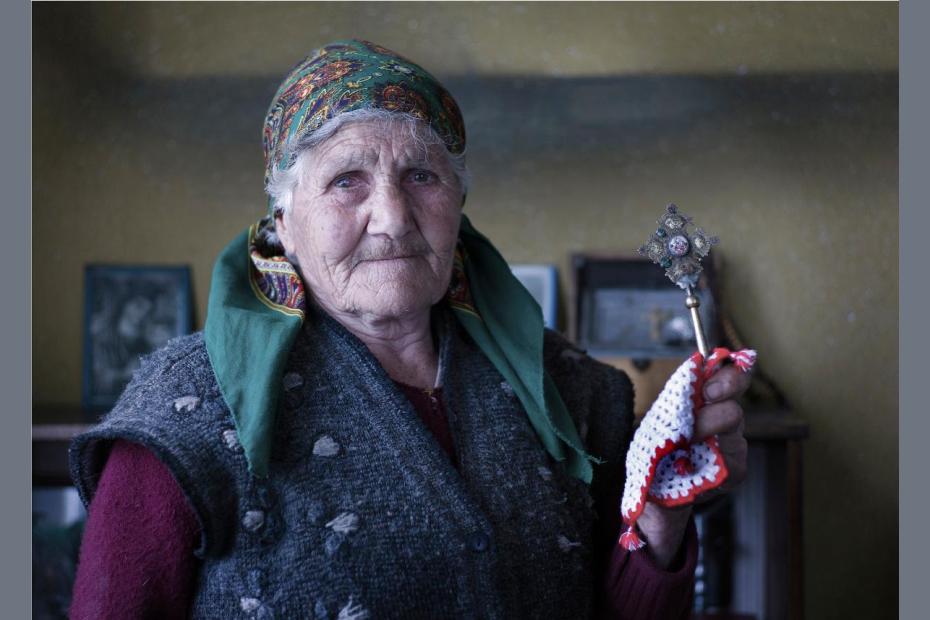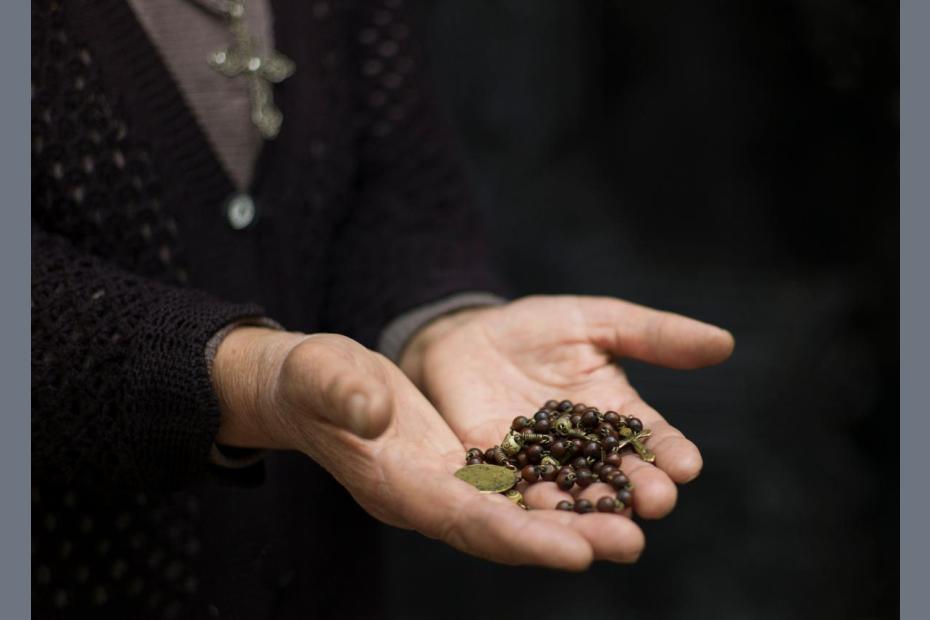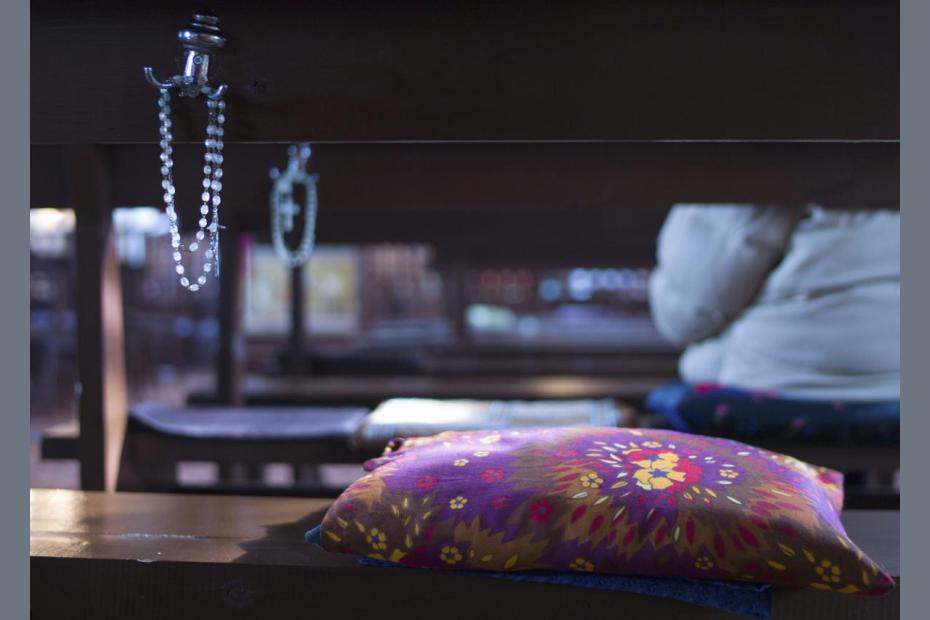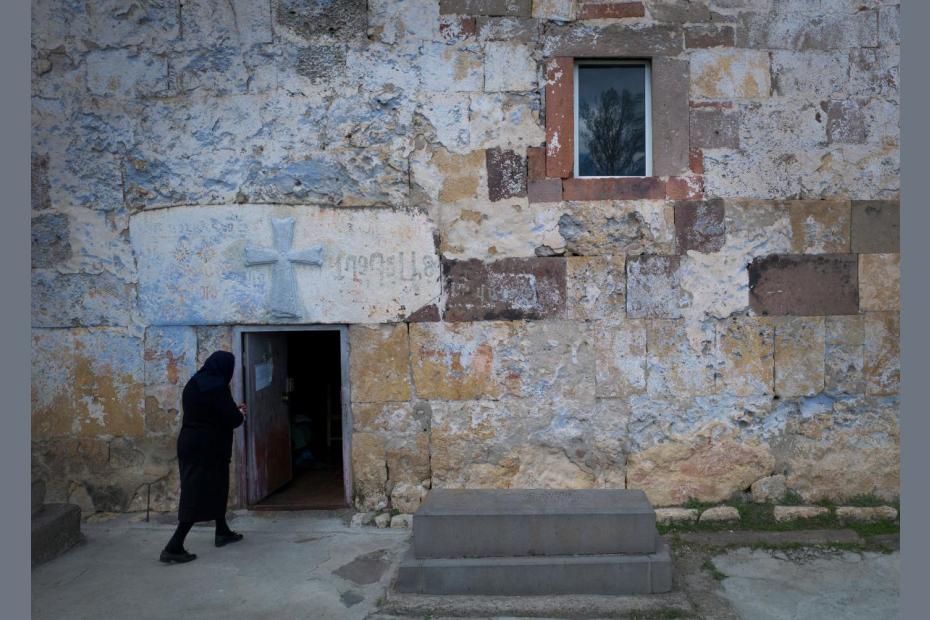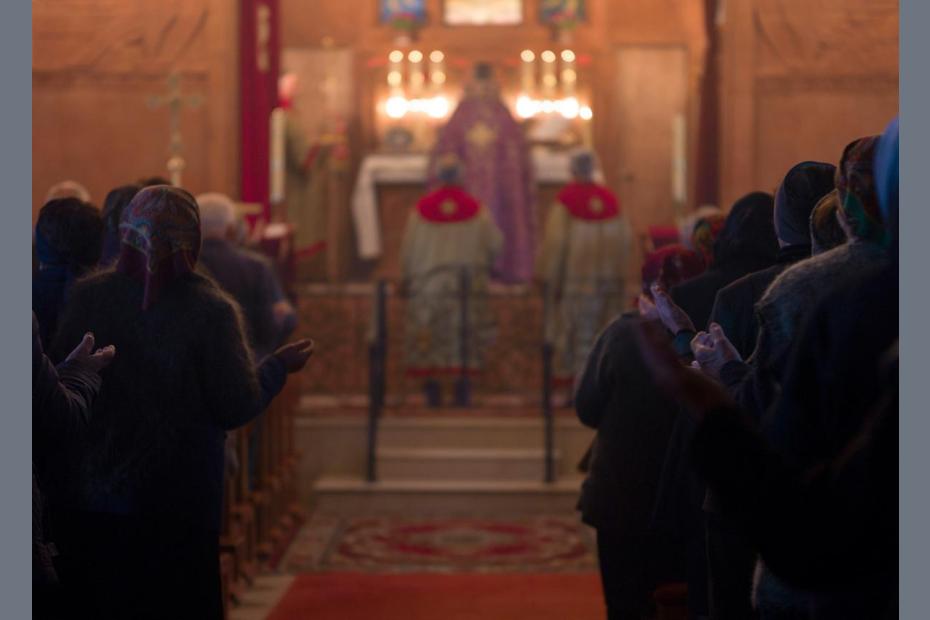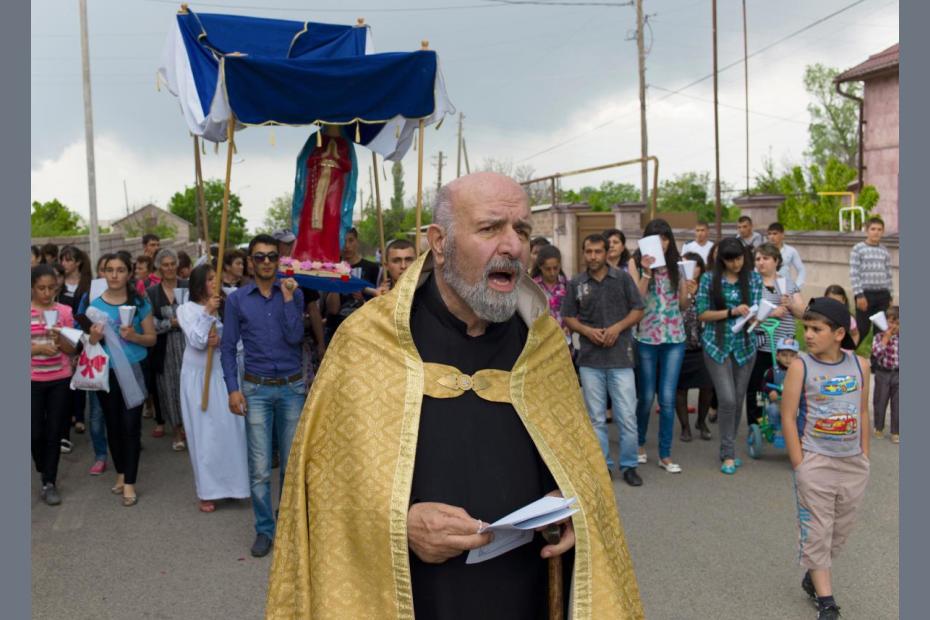After a period of persecutions in 1920-1930s, the Armenian Catholic Church was outlawed in Soviet Armenia and Georgia, and its believers were denied access to religious services. In Georgia, however, where a few local communities managed to save their churches from closure, people still gathered for common prayer. Since the late 1980s, when first Catholic priests returned to Armenia and Georgia, a difficult process of reestablishing parish communities and reviving devotional practices (such as receiving the sacraments or praying the Rosary) has started.
Praying the Rosary is one of the most important elements of Roman Catholic religiosity practiced among Armenian Catholics. Carrying a Rosary (Vardaran) has become the symbolic emblem of this community, distinguishing Catholics from the majority of their compatriots who belong to the Armenian Apostolic Church. Like Crosses, Rosaries are often passed on from one generation to another, acquiring the status of family relics, even if the prayers that they were once used for have been forgotten during communism. On the other hand, the simplicity of Rosary prayers helped them survive among the faithful, when more complex religious practices sank to oblivion. Today, praying the Rosary is popular predominantly among Catholics of the Armenian rite in Georgia, while in Armenia the Rosary has recently become an item of fashion, worn by young people, especially in the cities, with no regard for its function as an instrument of prayer.
